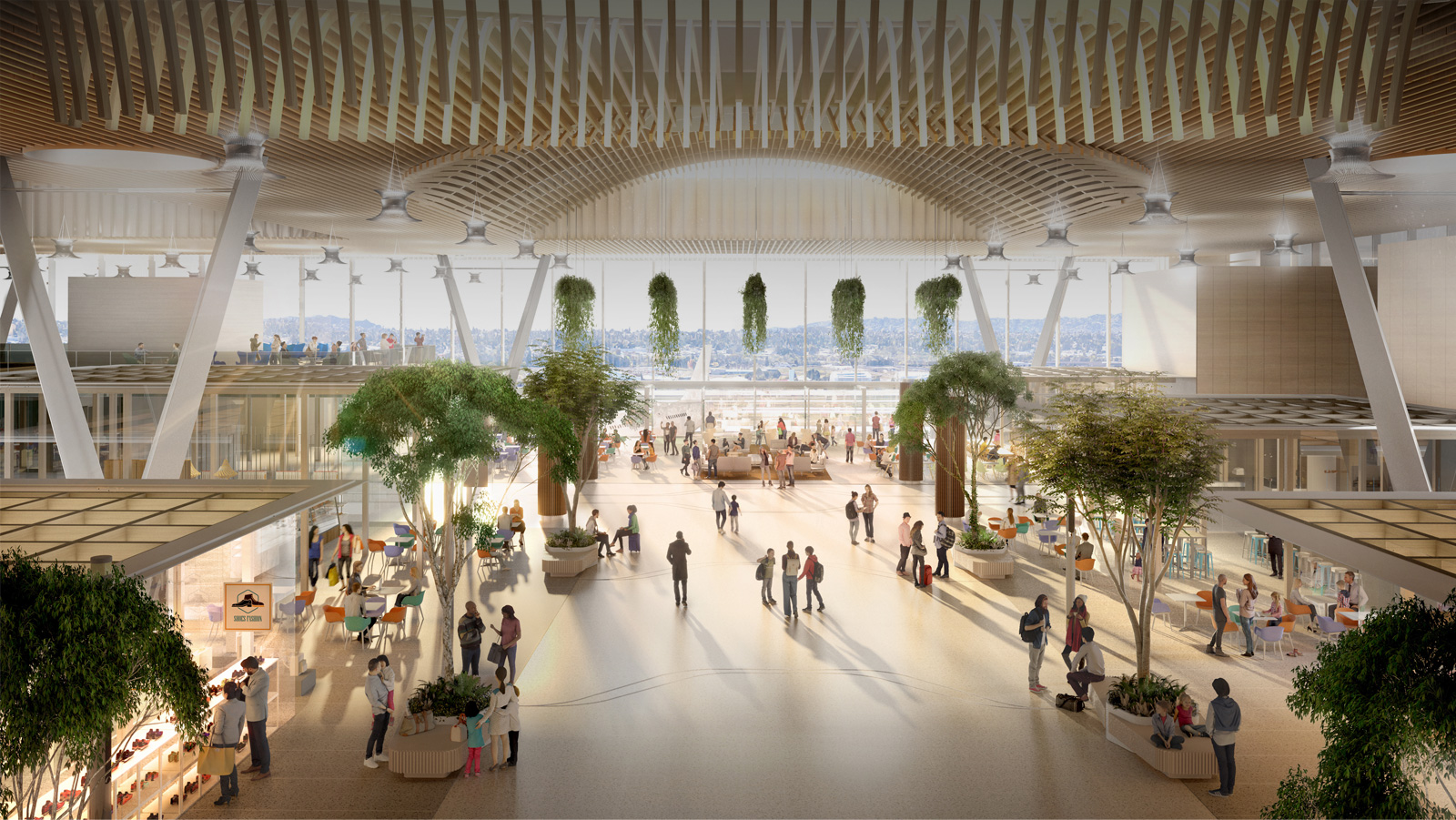
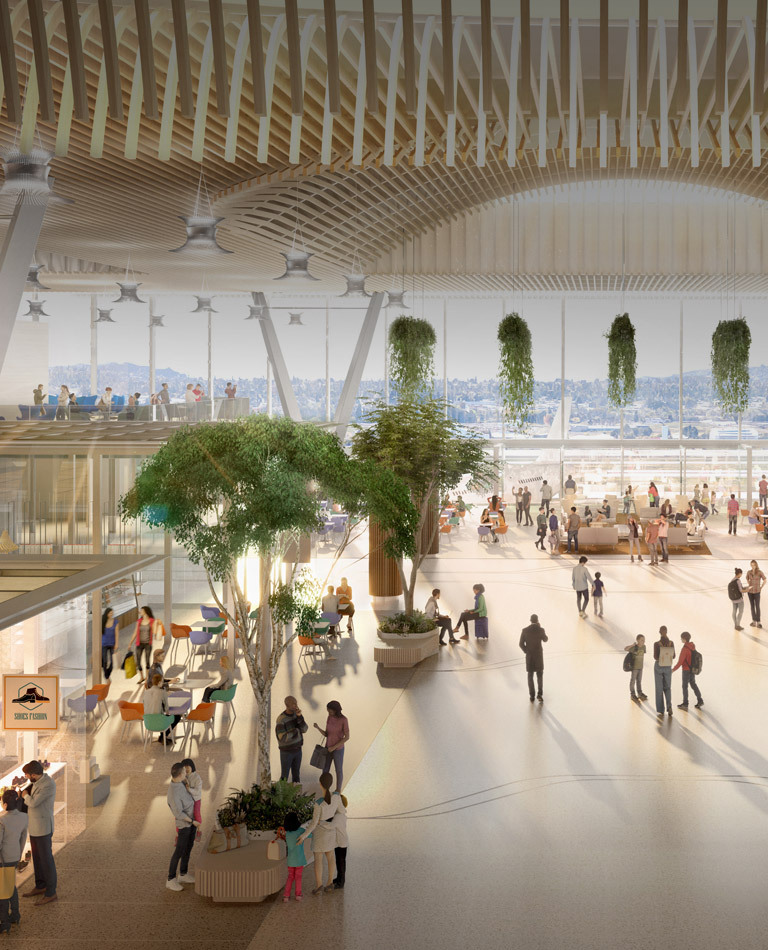
Quick update: This RFP window has closed. Check out the 22 new local shops and restaurants opening at PDX starting in August 2024. Follow us on Instagram (@pdxairport) to be the first to here about future opportunities.
When PDX's new main terminal opens in 2024, we're bringing the neighborhoods of Portland indoors. In the new, tree-lined marketplace, you'll be able to hang out on the stadium stairs, listening to musicians, or browse through local shops and grab a bite from a favorite restaurant.
Last September, the Portland International Airport concessions team issued an RFP (request for proposals) looking for local retail shops and restaurants to occupy spaces in both the pre-security and post-security shopping areas. We believe PDX showcases the best of Portland—the brands that make locals feel at home and show visitors just how great our corner of the Northwest is. We're putting equity at the center of our leasing process, and encouraging woman-owned and BIPOC-owned businesses to apply. After all, PDX is known nationwide for the strength of our local partnerships.
The RFP process in now closed - applications were due December 12, 2022. |
|
Both pre- and post-security spaces are projected to open in spring 2024 (see the PDXNext timeline). |
|
To submit your proposal, register as a vendor on the PlanetBids website, see detailed instructions below. |
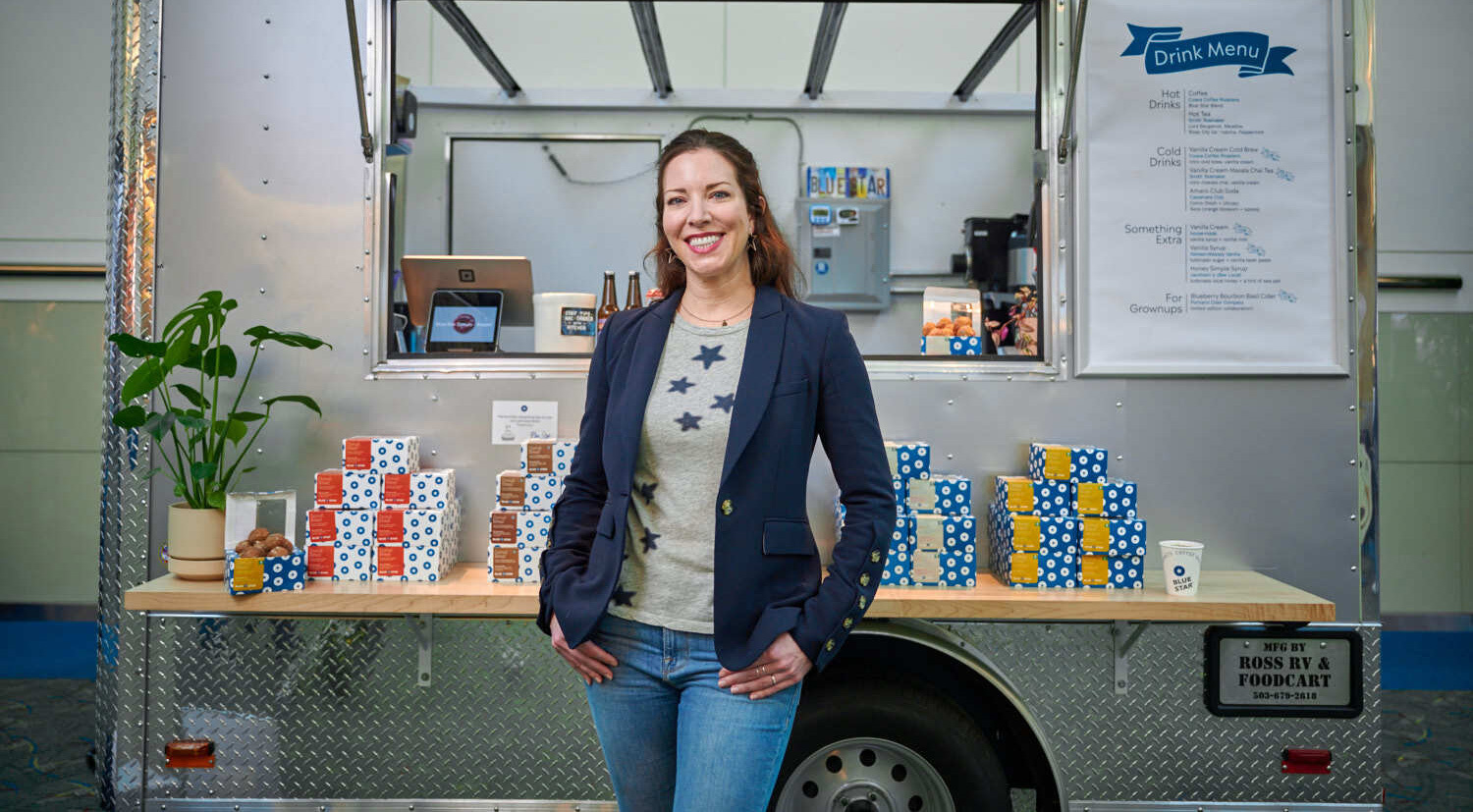

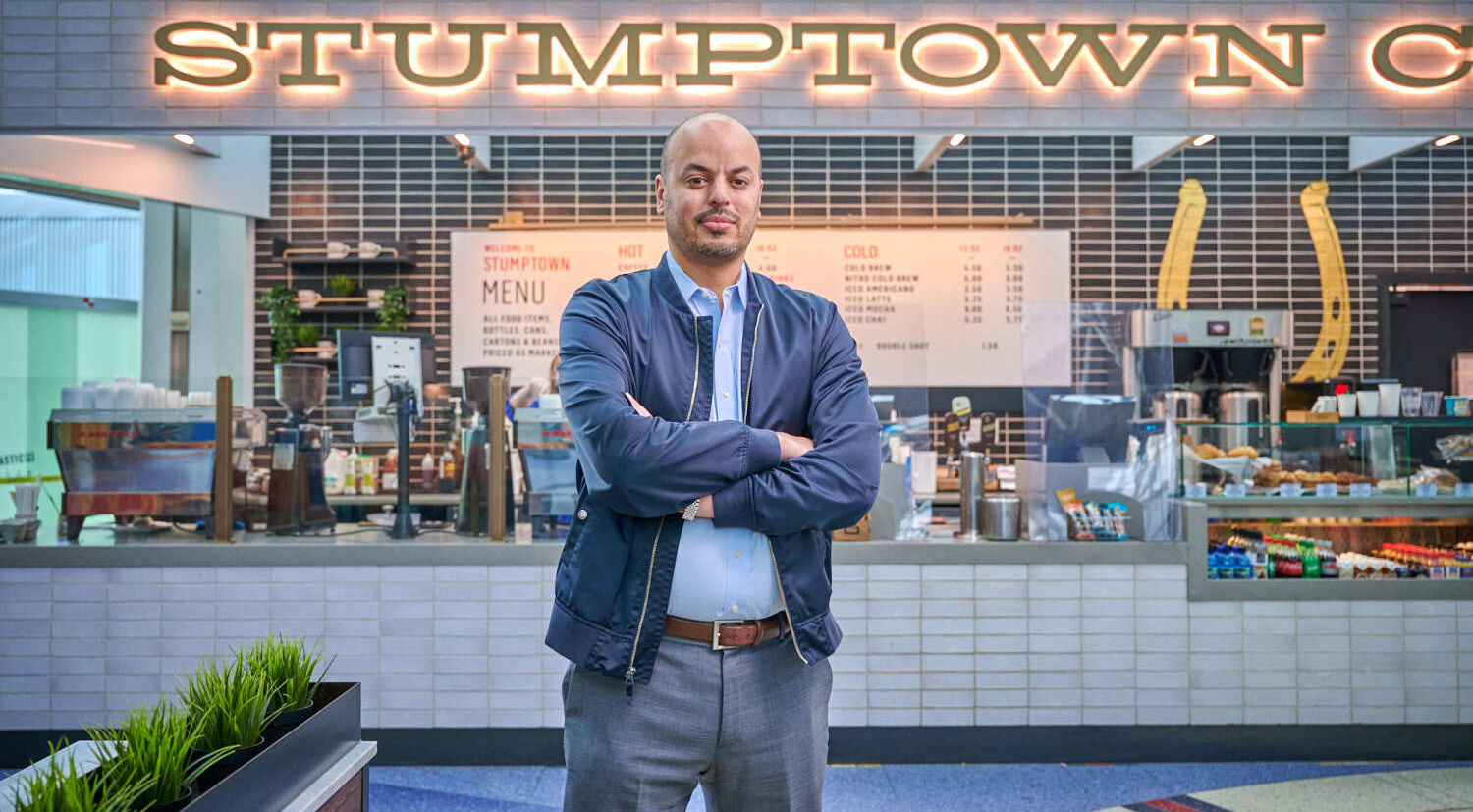
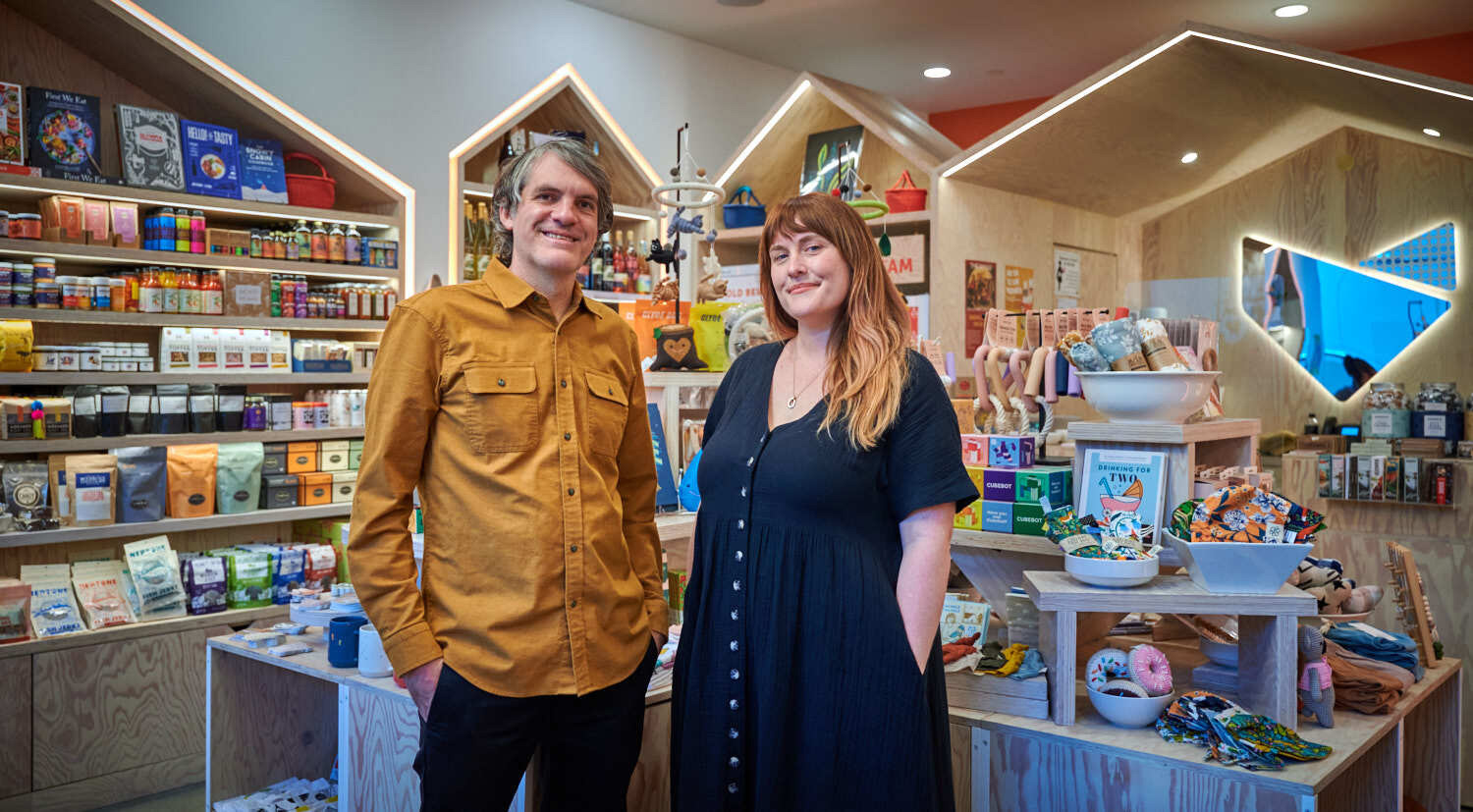
Submit your proposal by December 12.
To get started, register as a vendor on the PlanetBids website, using the following steps:
- Click “New Vendor Registration” button
- Select one or more the following categories:
- 90534 – Concessions, Airport: Food
- 90535 – Concessions, Airport: Gift Shops, Specialties
- 90536 – Concessions, Airport: Miscellaneous
- When you are registered and logged in, click “Bid Opportunities”
- Find Project Title 2022 PDX Retail & Restaurant Concessions RFP, and click in to download documents and participate
To preserve inclusion and transparency in the selection process, we cannot have one-on-one conversations while officially under the public process, but we won’t leave you hanging! You can still get your questions answered in writing on the PlanetBids platform. When you’re in the project homepage using the instructions above, simply locate the Q&A tab near the top of the page and fire away.
PDX conducts leasing through a competitive Request for Proposals (RFP) process. We ask interested parties to submit a formal proposal that includes their information and vision for the space. We do prioritize regional brands that showcase our unique part of the world.
We won’t sugar-coat it: You will need to supply some detailed documentation. That may include a business plan; financial statements; a proposal for how your space at PDX will operate, including staffing plans; and preliminary architectural plans. All of these requirements are outlined in the RFP.
Once you submit your proposal, a selection committee that includes community members, airline and business leaders, and Port of Portland staff will review it and make final recommendations on the best fit for each vacancy. We plan to issue all final approvals by spring 2023. Locations in the first phase of development will then go under design and construction, and will open in the spring of 2024.
With 20 million visitors passing through PDX every year, the airport is a high-volume location. Before applying, you may want to carefully evaluate your business's ability to operate in this environment. It often takes a higher initial investment to build out and lease a space, but that investment is typically balanced out by higher potential revenues. The RFP document specifies gross sales benchmarks as minimum qualifications.